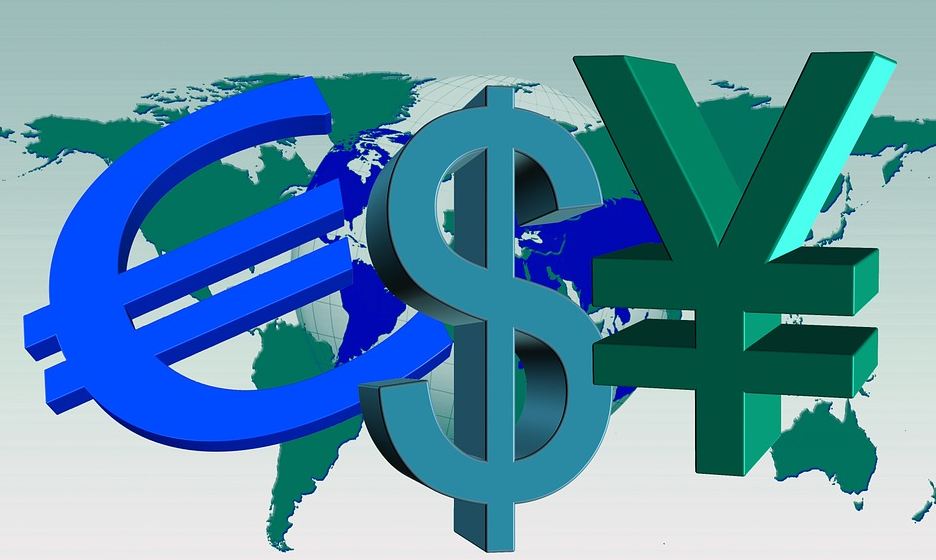Currency markets are the biggest markets in the world. According to an estimate, the daily trading volume in the global Forex market is $ 5.3 trillion. Apart from the big institutional players like banks, retail traders too play a significant role in the Forex markets. Forex trading started in India in the year 2008 after RBI gave approval for the same. Over the years, the participation of retail traders in the Indian Forex markets has steadily increased. However, Reserve Bank of India (RBI) allowed trading of only four currency pairs, viz. USDINR, EURINR, GBPINR, and JPYINR. Trading of other more popular currency pairs like EURUSD and GBPUSD was not allowed in India till now.
As a result, many Indian traders used to trade on foreign exchanges and OTC markets despite it being illegal. Investing and trading in any derivative products in the foreign markets by resident Indian citizens was illegal. RBI took a number of steps to discourage Indians from trading in foreign markets like closure of bank accounts and credit cards of individuals who were found to be transferring money outside the country for trading in global currency markets. Retail traders who illegally traded in the global Forex markets too faced a number of problems as many OTC markets were not properly regulated.
In order to give the Indian businesses better hedging opportunities, RBI allowed trading in three more popular currency pairs, viz. EURUSD, GBPUSD, and USDJPY on December 11, 2015. Exchanges can also issue options on the old and new currency pairs allowed for Forex trading (options were allowed only on the USDINR before December 2015). These initiatives are part of the steps taken by the government to promote the manufacturing sector in India. Introduction of trading in more Forex pairs will give more opportunities for the small and medium manufacturing companies in India to hedge their Forex risks in the global markets.
Retail traders can expect good trading opportunities with the introduction of these new currency pairs. Moreover, deliberations were on to increase the trading hours for currency markets in India (currently between 9.00 AM to 5.00 PM). It is expected that trading hours might be extended till 7.00 PM in the night. Trading hours might also be extended for equity derivative and commodity markets to increase the participation of domestic institutional players and increase liquidity.
It will be good if steps are also initiated to decrease the trading costs for Forex and other markets in India as they are very high when compared with other markets in the world.








